
Wildlife
Announcing the winners of the 2022 Canadian Wildlife Photography of the Year competition
Canadian Geographic is pleased to honour 14 photographers for their outstanding images of Canadian wildlife
- 1238 words
- 5 minutes
Wildlife
Canadian Geographic is pleased to honour 15 photographers for their outstanding images of Canadian wildlife

An Arctic fox in its summer coat trots nimbly across the tundra under the midnight sun. A northern gannet returns to its crowded colony with nesting material. A raft of curious sea otters bobs in the Pacific waters off western Vancouver Island, their attention caught by a group of sea kayakers. The winning images of Canadian Geographic’s 2023 Canadian Wildlife Photography of the Year competition showcase both the awe-inspiring biodiversity of this country and the talent of our photography community. For this edition of our most popular photography competition, we are pleased to recognize one photographer whose work stood out among the more than 14,000 entries: Jean-Christophe Lemay is our Canadian Wildlife Photographer of the Year and wins the grand prize of $5,000.
Read on to learn more about Lemay and see the photos that most impressed our judges: wildlife photographers Michelle Valberg and Ryan Tidman, Canadian Geographic director of brand and creative Javier Frutos, and the editorial staff of Canadian Geographic.
Jean-Christophe Lemay

As dawn broke on September 30, 2019, Jean-Christophe Lemay was high in the Chic-Choc mountains on Quebec’s Gaspé Peninsula. It was his last chance to see the Gaspé caribou herd before the area closed for mating season. As the sun rose, Lemay realized something astonishing: he was surrounded by 14 caribou — nearly half the Gaspé population at the time. “I spent six or seven hours shooting videos, photos and just enjoying the moment,” says Lemay. “I couldn’t leave, it was so surreal. I think, to this day, it was my favourite day in nature.”
The memory remains a high point for the 32-year-old wildlife photographer, who was born in Ottawa and raised in L’Orignal, Ont. Lemay has long been inspired by the stunning nature that surrounds Rimouski, Que., where he moved in 2010 to pursue a bachelor’s degree in biology and has remained ever since. But his first photographic love wasn’t wildlife; it was the ocean. Summer surfing trips to the east coast of the U.S. in his youth allowed Lemay to hone his craft, shooting photos of waves and surfers with his first camera, a small waterproof Pentax W80.
While at university, his appreciation of wildlife grew. Icy Rimouski winters froze any chance of shooting the waves of the St. Lawrence River, but his studies provided no shortage of animal subjects. “I think foxes have to be the animal I’ve photographed the most,” says Lemay. “They’re everywhere, they’re photogenic and people love them. But my favorite is the Canada lynx. They’re just so mysterious and captivating, such beautiful animals. At the same time, they’re very elusive, so it’s kind of a challenge.”
Lemay’s ethereal wildlife portraits have since appeared in magazines such as Nature Sauvage, Canadian Geographic, and Beside, and have earned him a huge following on social media. In June, Lemay opened his first boutique and gallery, JC Lemay Photo, in Rimouski. As for the future, Lemay has a simple goal: “It’s a huge privilege to be doing this as a full-time career. I just want to keep doing this forever.”


Winner: Louis-Pierre Ouellet
An Arctic fox trots across the tundra on Bylot Island, Nunavut. The photographer spent three months camped out in Sirmilik National Park studying the behaviours and habitat preferences of the foxes, and said this individual was particularly curious and daring.

Runner-up: Jean-Simon Bégin
The photographer was following lynx tracks in a forest in northern Ontario when he spotted a hare being chased by a pine marten and snapped this image of the marten in hot pursuit of its prey.

Winner: Brittany Crossman
A northern gannet returns to its colony on Quebec’s Île Bonaventure with nesting material. The small island off the tip of the Gaspé Peninsula plays host to more than 200,000 breeding birds each summer, including a boisterous colony of gannets.

Runner-up: Mary Madden
Three great grey owl fledglings perch on a mossy branch near Kamloops, B.C. When food is abundant, great grey owls can lay as many as five eggs; the chicks start to climb out of the nest after about a month and fly one to two weeks after that.
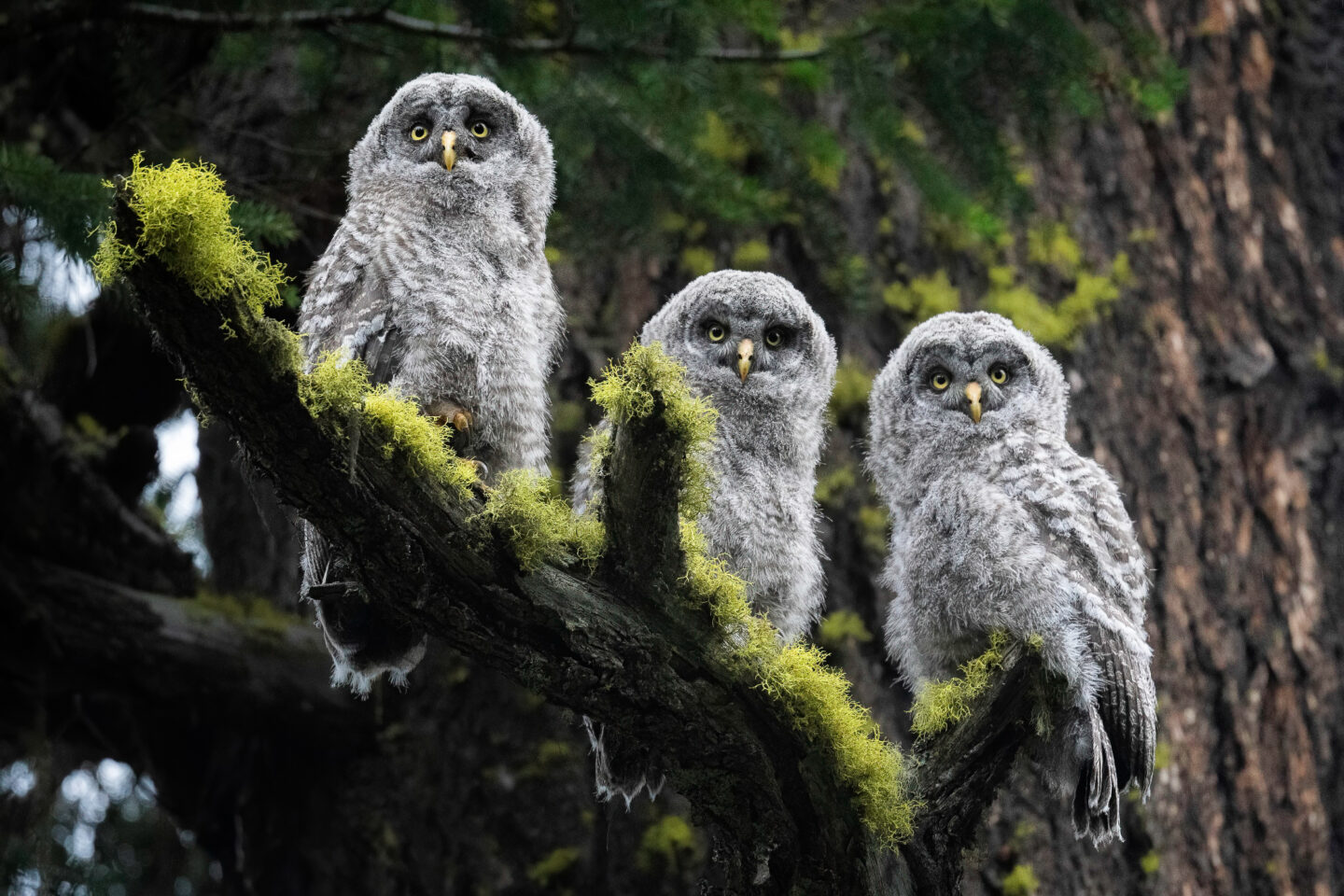
Winner: Chase Teron
A raft of curious sea otters checks out a group of sea kayakers, including the photographer, near Spring Island off the western coast of Vancouver Island, B.C. Nearly wiped out in the 19th century by fur traders, sea otter populations in B.C. have rebounded as a result of a reintroduction program.
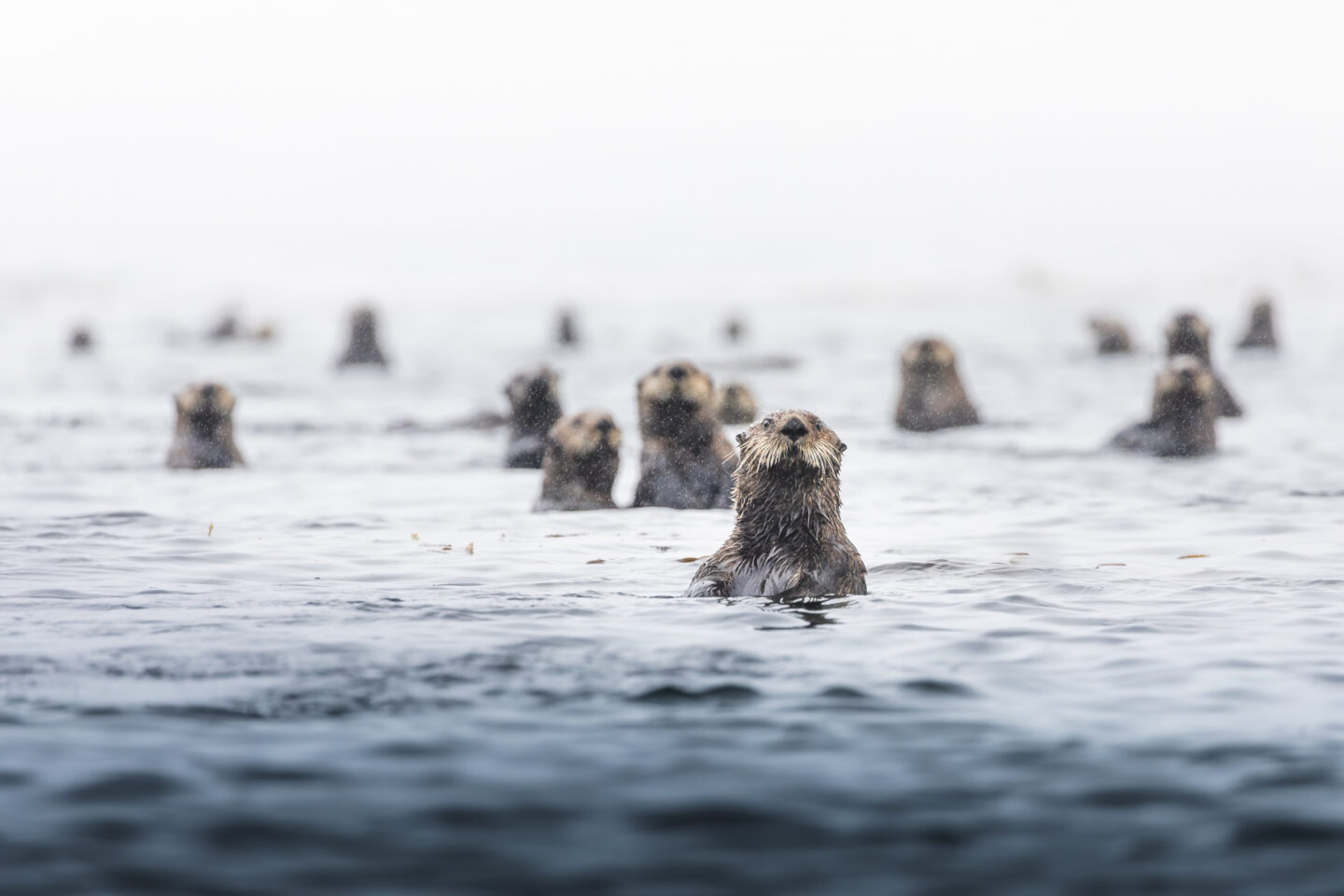
Runner-up: Eli Wolpin
An anemone blooms in a shallow kelp forest in God’s Pocket Marine Provincial Park off the northern tip of Vancouver Island, B.C. Browning Passage, where this photo was taken, was rated by underwater explorer Jacques Cousteau as one of the best cold-water diving destinations in the world.

Liz Towers
A rough-skinned newt crawls over a mushroom in Delta, B.C. Rough-skinned newts are common throughout coastal B.C. and are incredibly toxic when ingested — except by garter snakes, which have developed a resistance to the toxin in what scientists have called an “evolutionary arms race.”

Brandon Broderick
Gulls squabble over oolichan on B.C.’s Skeena River. Oolichan are small smelt-like fish that spawn each spring in the rivers of the Pacific northwest — a welcome feast for animals and people after the long winter.

Alex McKerracher
A bronze jumping spider peeks over the edge of an autumn maple leaf at Robert Edmondson Conservation Area in Moffat, Ont. Bronze jumpers, like other spiders, play an important role in pest management wherever they’re found, dining on just about anything they can fit into their mouthparts.
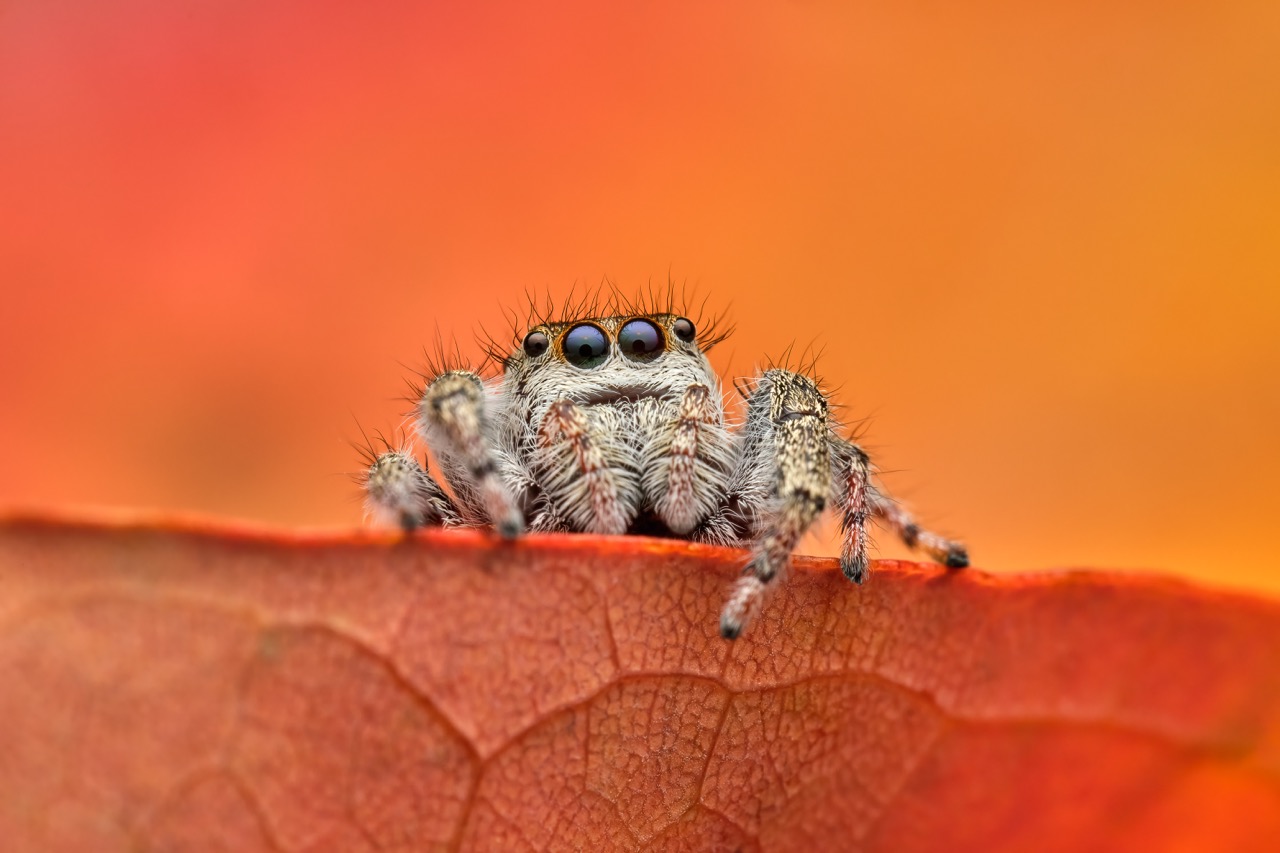
Eric R. Smith
A white-tailed jackrabbit shelters in a snow burrow but can’t escape the hoar frost that clings to its whiskers as temperatures hover around -20C on a winter day near Penhold, Alta.

Audrey Carpentier
A raccoon dips its paws in the waters of the St. Lawrence in Parc national du Bic, Que. The photographer waited patiently at the water’s edge to capture this portrait.

Shane Gross
Juvenile plainfin midshipman fish are still attached to their yolk sacs in the intertidal zone on eastern Vancouver Island, B.C. When they get a bit bigger, the juveniles will detach and swim off on their own to the deep sea.

Simon d’Entremont
A snowy owl perches on a washed-up lobster trap in Hartlen Point, N.S. Snowy owls rarely visit the Maritime provinces but when they do, they tend to stick to beaches and coastal areas, likely due to the availability of food.

Dave Sandford
An Arctic fox gives a huge yawn before curling up to keep warm from a strong northerly wind in Churchill, Man. About the size of small house cats, Arctic foxes remain active all through the long northern winter, often following polar bears to the sea ice to scavenge their leavings.

Are you passionate about Canadian geography?
You can support Canadian Geographic in 3 ways:

Wildlife
Canadian Geographic is pleased to honour 14 photographers for their outstanding images of Canadian wildlife
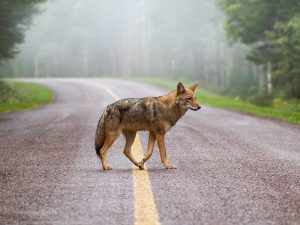
People & Culture
The best of the best images of Canadian wildlife from the annual competition hosted by Canadian Geographic in partnership with the Canadian Museum of Nature
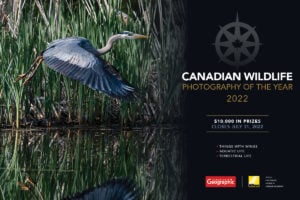
People & Culture
Submit your best wildlife photos for a chance to win cash prizes and see your work published in Canadian Geographic

Wildlife
Wildlife photographers on the thrill of the chase — and the importance of setting ethical guidelines